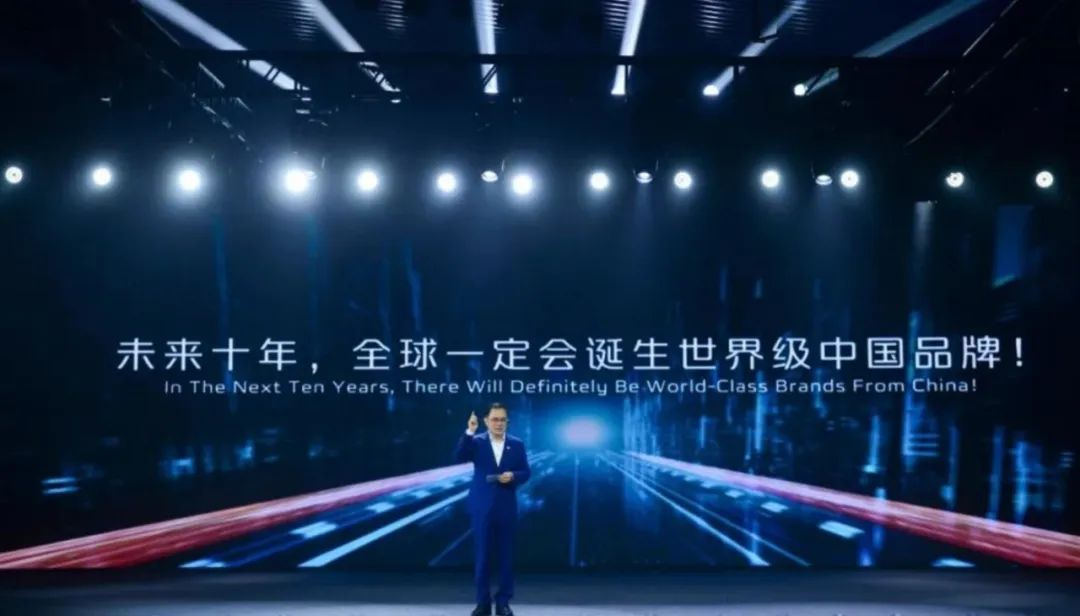China’s Automobile Market Achieved the First Place with More Than 26 Million Vehicles Sold
I am delighted to see that in the extremely difficult year of 2022, China’s automobile market achieved the first place with over 26 million vehicles sold.
This remarkable accomplishment has given many of us, including myself, a glimmer of hope.

It is hard to imagine that the entire automobile market managed to grow by 2% despite the enormous challenges faced last year, and even managed to leave the second place, the United States, nearly a double-digit margin behind (due to the economic recovery, the US faced an 8% decline in sales throughout the year).
However, a more significant reality is that the largest individual market cannot encompass all markets. Continuous harvests are important because of earlier strategic deployments in the global market, which are not achievable overnight.
Moreover, such deployment is not limited to technical and product aspects, but also extends to market and brand deployment. These are not the strengths of Chinese automobile brands, which are still in their early stages, and have only been running independently for more than 10 years.
Nevertheless, an encouraging point is that our domestic automobile brands have never given up their efforts to seize the market during these years. Today, all these efforts seem to have reached a tipping point.
The Japanese Brands Need a Chance to Regroup
It is difficult to seek breakthroughs in a market where everyone is making progress. After all, if everyone is growing rapidly, to become a leader, you must have stronger driving force beyond everyone else.
Therefore, for Chinese automobile companies, a very good opportunity is that last year, nine of the top ten brands on the list experienced declining sales. Among them, Honda suffered the most significant decline globally, down by 19.9%.
This cannot be entirely explained by the supply chain, chip, and epidemic environmental impacts. After all, hardcore products and technology have always been Honda’s core competence. However, it seems that they failed to catch up with the trend of the new energy and intelligence waves at the first time.
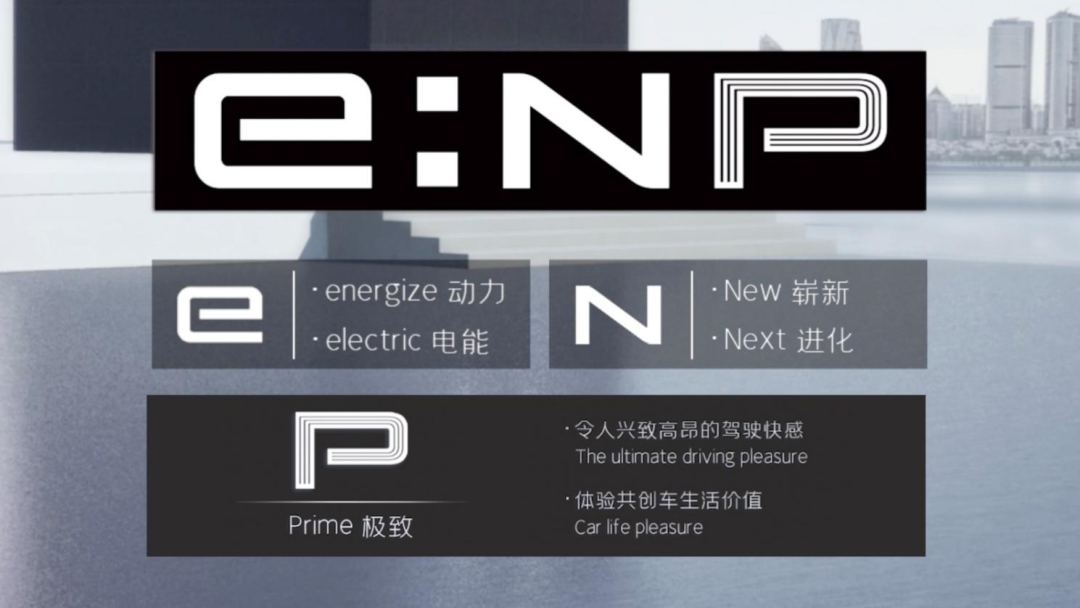 For the abandonment of the development of hydrogen fuel cells and the hesitation in pure electric power, it seems that Japanese automakers have lost their traditional technological advantages. In the later stage, Honda launched the e:NP pure electric label and restarted the fuel cell system which is scheduled to be sold to the public in the middle of the 2020s, with a clear goal of regaining its technological leadership.
For the abandonment of the development of hydrogen fuel cells and the hesitation in pure electric power, it seems that Japanese automakers have lost their traditional technological advantages. In the later stage, Honda launched the e:NP pure electric label and restarted the fuel cell system which is scheduled to be sold to the public in the middle of the 2020s, with a clear goal of regaining its technological leadership.
However, regardless of whether it is pure electric or fuel cell, it is still uncertain whether they can regain the hearts and minds of consumers and regain their technological dominance. Pure electric power has already taken the upper hand, while hydrogen fuel cells still face daunting technical challenges which are not only limited to Honda.
This seems to be a clear signal, marking the change of the Japanese automakers’ position. For example, Renault Nissan, which ranks higher on the list, has also declined by 15% in sales volume despite occupying 8.2% of the global market share.
In addition, Toyota, which still ranks first and is the only automaker in the world with sales exceeding 10 million, has also dropped by 1.6%. Although the Japanese automakers still maintain a very good overall position, the downward trend is still obvious without the aid of new technologies, new methods, and other brands of the group (such as Renault).
However, there are still solutions. For example, Suzuki, which has disappeared from the Chinese market, is the only brand in the top ten to see an increase in sales (an increase of 8.1% year-on-year). For a brand that does not follow cutting-edge technology, does not pursue high-end attributes, and is focused on providing affordable travel solutions, finding the right market is more important than finding the right research and development direction.
Last year, Suzuki sold a total of 1.576 million vehicles in the Indian market, while its total sales for the full year were only 2.89 million vehicles. Based on the information from the first half of last year, Suzuki has already planned to build a factory in India and officially export products in 2025.
In short, without India, Suzuki would not enter the top ten. India, with its strong demand for cars and a vast market, has successfully replaced Japan to become the world’s third-largest automobile consumer market.This opportunity is not exclusive to Suzuki, but to all partners who want to seize it.
For the traditional Japanese big three, it may be a good market choice to find a brand-new market and cultivate it well during the transition period of re-establishing technical and product leadership.
Look farther to see more comprehensively
The inspiration given to us by Suzuki is to jump out of the almost saturated domestic market in China and look at the broader market instead.
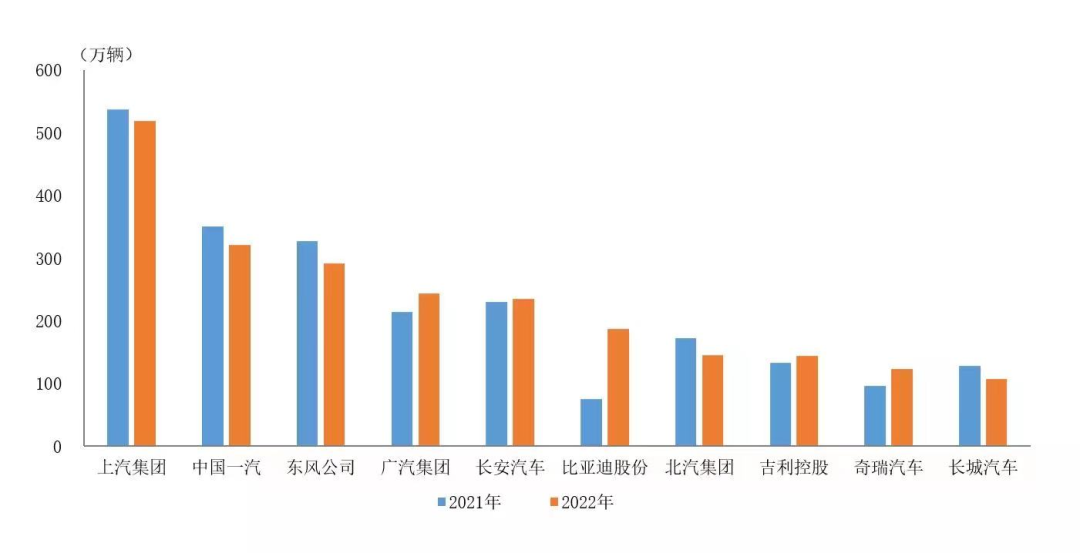
For example, according to the data of the China Association of Automobile Manufacturers, brands such as SAIC, FAW, Dongfeng, and GAC that were ranked at the top in domestic car sales last year. However, in such a ranking of large corporations, the proportion of joint venture brands seems to be a large part.
The reason for this is simple. While the top four corporations may have had good sales performance, companies like Changan Automobile, ranked fifth, BYD, ranked sixth, and Geely Automobile, ranked eighth, are the real giants when it comes to global rankings.
When calculating sales performance, the sales of joint venture brands do not count towards the sales of these large corporations. In a broader market, there seem to be no traces of their own products (or the quantity is insignificant). However, that broader market is, in fact, the best trial ground to determine the quality and character of a brand.
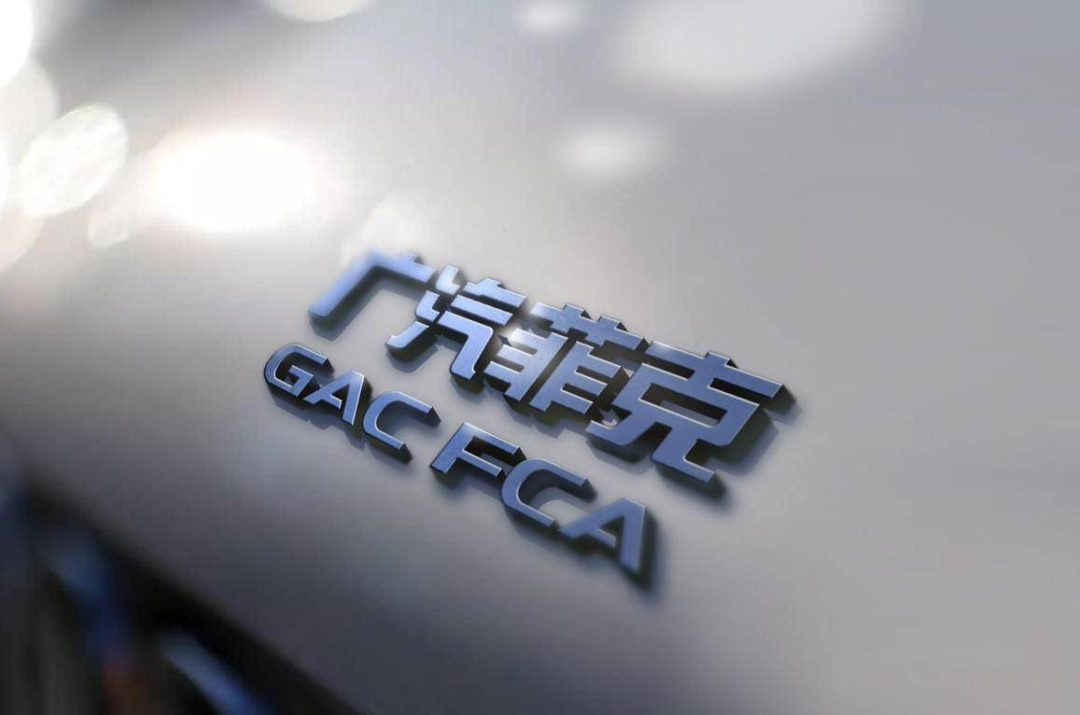
For example, like Suzuki, Hyundai Kia Group, whose market share has declined severely in the Chinese market, and Stellantis, the parent company of the Jeep brand that recently announced its breakup with GAC (of course, its brand portfolio is not confined to Jeep), still occupy the third and fifth positions in global sales.
According to the data from Hyundai Kia, they sold 6.83 million vehicles worldwide in the whole year. It can be seen that the logic of exchanging space for profit, exchanging space for time, and finally researching and developing new technology and products is well reflected in these two brands.Therefore, we can see that last year, Kia sold a total of 487,000 electric vehicles, while hydrogen fuel cell vehicles sold 30,000 units, with a market share of 59%. Although the overall sales volume of these two types of vehicles is not large, they represent Hyundai-Kia’s overall solution strategy with pure electric cars handling the present and hydrogen fuel cell vehicles exploring the future.
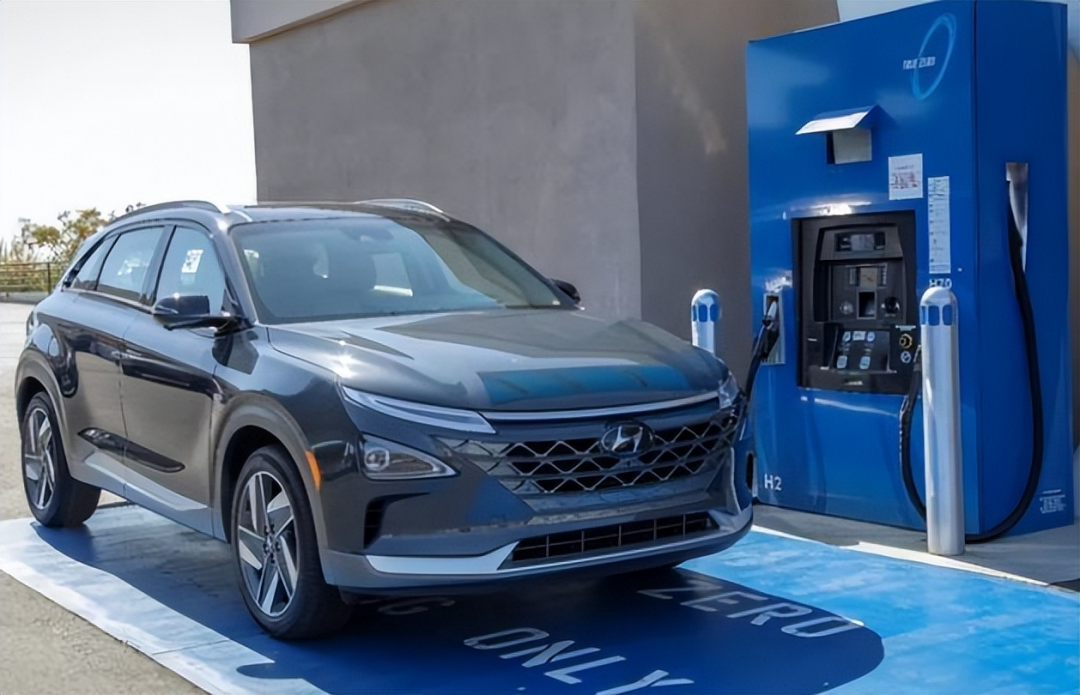
In fact, this is a common solution strategy for automakers. Multinational companies want to do it, but in the past, it seems that no one had the ability to do such an automobile export business. On the one hand, the domestic market has a large enough share, and it takes a long time to finish the consumption of the domestic market. On the other hand, whether it is product strength or brand power, it seems that no Chinese companies had better dominance and reputation before.
Of course, the current situation is different.
In 2022, China’s automobile production for export to overseas markets reached 3.111 million units (of which passenger cars were 2.529 million units), a year-on-year growth rate of 54.4%. China became the world’s second-largest automobile exporting country.
Undoubtedly, China’s auto sales volume has reached a bottleneck and has a huge base, a 0.1 percentage point increase requires enormous sales support. Oceanic markets, on the other hand, seem to be very important growth space to be contested.
To compete for such market space, in addition to having a large enough development scale, there are two very important points:
First, with the gradual popularization of new energy and its acceptance by the consumer market, China’s new energy technology and products, which started early, began to be accepted by people.
Second, whether in the European market or the Southeast Asian market, the brand influence and technological strength brought by technology have the ability to be recognized with a market environment and consumer concepts.
Therefore, an event that is more likely to happen now – competing for the top ten global automakers, has started to be put on the agenda.
The top ten is only one step away
What do foreigners think of Chinese automakers?
In the past, you would find Geely, Chery, and BYD in some small-scale overseas markets. Later, it was MG (known to Europeans as MG) that re-entered the European market.“`markdown

Currently, Chinese car brands such as Aiways on Corsica Island, NIO in Amsterdam and Berlin, and NIO and XPeng in Norway, or Great Wall and SAIC-GM-Wuling manufacturing factories in Eastern Europe and Southeast Asia, are beginning to gain popularity worldwide.
Simply put, Chinese car brands have the ability to export a range of products from traditional to smart, from internal combustion engines to pure electric power. This is the first step towards globalization of Chinese products.
After taking the first step, we can hope for even more. In terms of overall sales last year, Geely Volvo ranked just behind BMW Group in global sales by a difference of only 30,000 vehicles. Such a small difference is almost negligible in the competition of large groups.
Following them are BYD, with a high proportion of core independent research and development, technology patents, and abandoning the production of pure internal combustion engine vehicles, and Changan, who have expanded their product line and connection with customers.
The total sales of these two brands differ by only 10,000 vehicles.
Simply put, on the technological side, BYD, who is already ahead in all-electric technology, and Geely, who has started to develop multiple brands, highlighting technology and configuration, have gained enough market recognition.
Of course, they also have differences in their potential for breakthroughs. For example, Geely’s total export volume last year reached 198,200 vehicles, a YoY increase of 72.4%, while BYD sold 1,868,500 vehicles in total, but only exported 55,900 vehicles. Although its YoY growth rate was 307.2%, it is easy for us to see the potential for further growth.
BYD’s current problem is that it has too many orders and limited production capacity. If they can solve the problem of domestic production capacity and open up more overseas export businesses, there is a possibility that product sales may soar again.
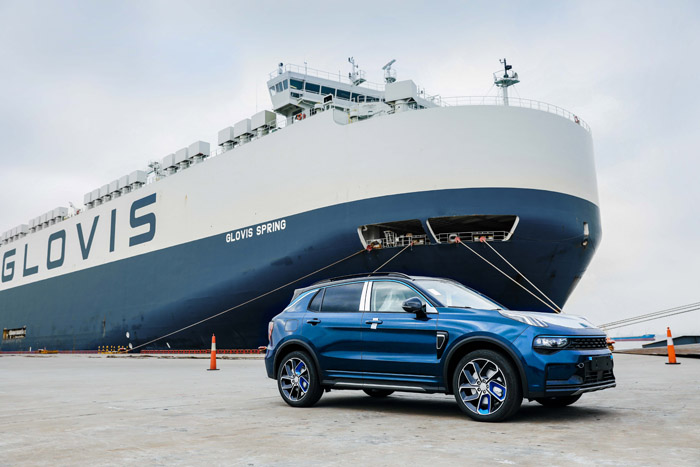
“`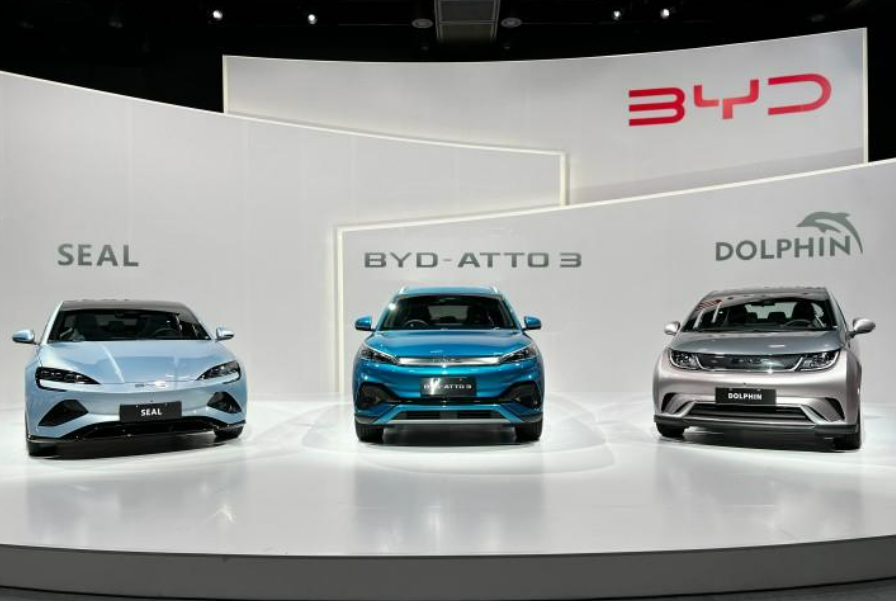
In fact, whether it is BYD, Geely Volvo Group, or Changan Group, exports are only a small part of their business. The bulk of their profits still come from the domestic market. But as we have discussed before, the path of the development of automobile brands towards globalization began many years ago.
Naturally, this includes the problem of bottlenecks in domestic market sales. More importantly, the time has come, and everyone is ready for change, whether it is technological change or changes in market patterns.
On this list, Tesla, which sold 1.31 million vehicles in the whole year, closely followed Changan, is the most realistic footnote to this logic.
It has been a global brand since its birth. An American brand ushered in its own spring in the Chinese market (selling a total of 439,700 vehicles in China last year). With completely new energy and technology (although there are not many new things now), it successfully broke the monopoly of old car brands on luxury and high-end labels. Finally, it became the most profitable American automaker.
Chinese automakers who master core technology, car manufacturing essence, and market trends should do the same. By using them well, they can open up more markets and move from Chinese automobile brands and groups to truly global top automobile groups.
Geely is doing this, and BYD has the same strength to do so.
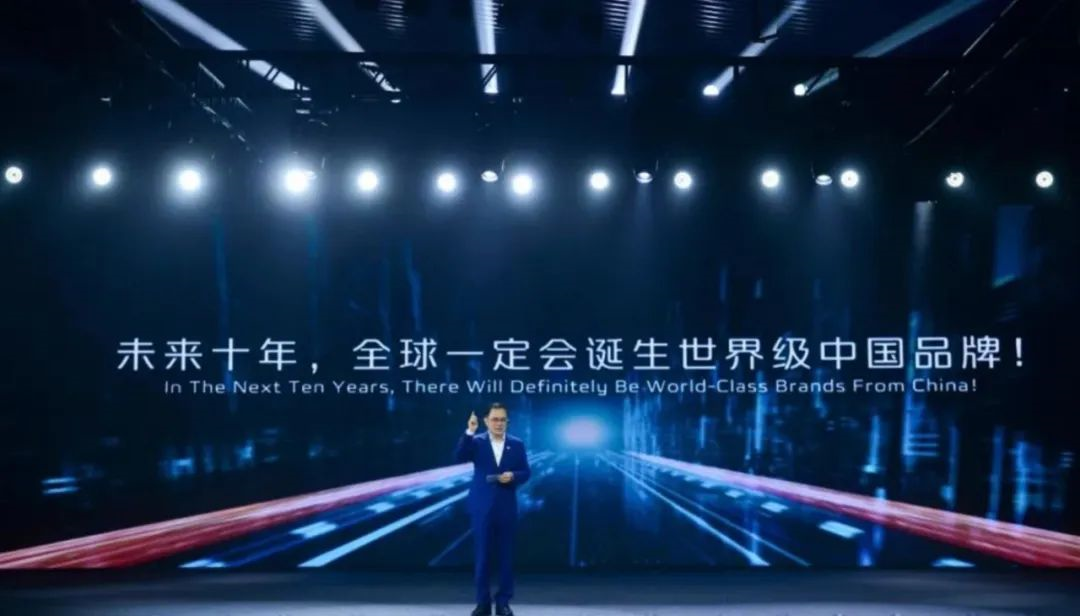
At this point, I am looking forward to the 2023 list. Perhaps, next time, we won’t have to scroll down to see more familiar faces.
This article is a translation by ChatGPT of a Chinese report from 42HOW. If you have any questions about it, please email bd@42how.com.
